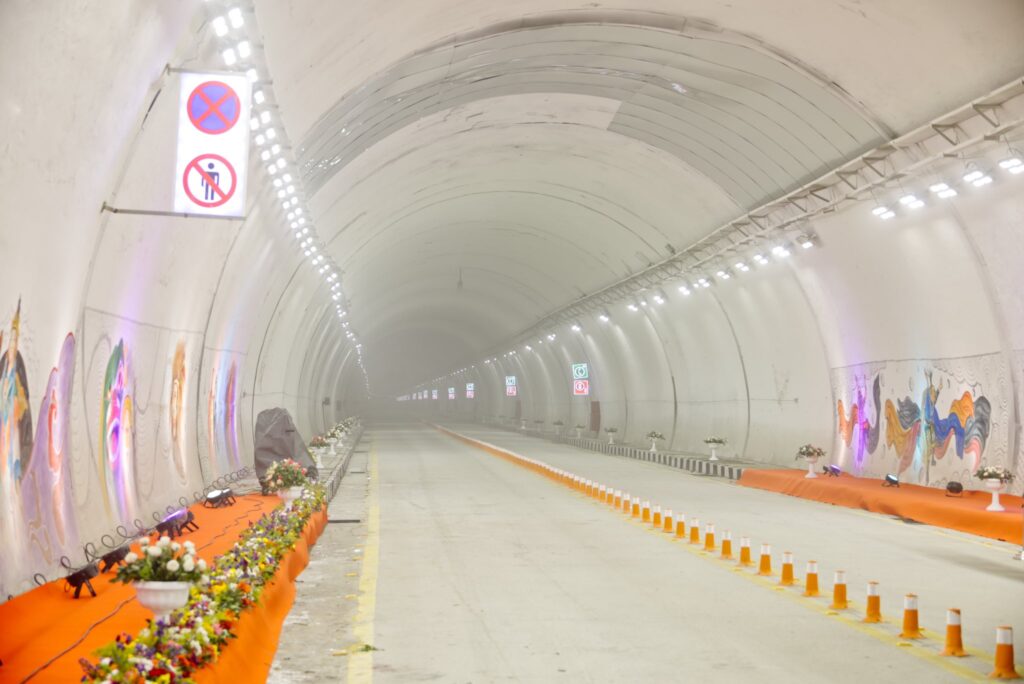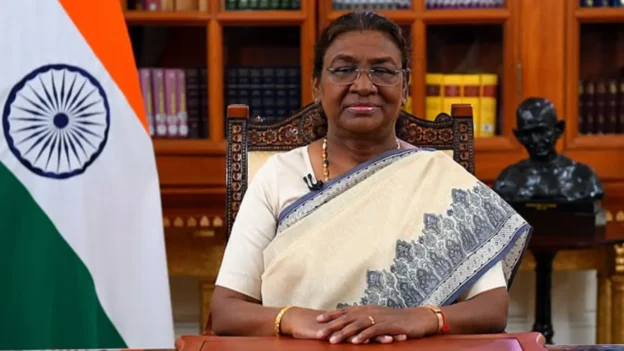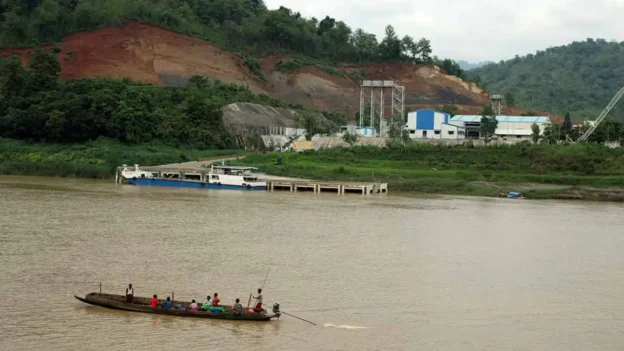Prime Minister Narendra Modi inaugurated the strategically significant Sela Tunnel in Arunachal Pradesh on Saturday, establishing year-round connectivity to Tawang, a region bordering China. In a move that could potentially reshape the geopolitical dynamics of the region, this critical infrastructure constructed by the Border Roads Organisation (BRO) at an elevation of approximately 13,000 feet, aims to enhance military mobilisation towards the Line of Actual Control (LAC) by linking Guwahati to the vital Tawang sector.
Announced in 2018, the Sela Tunnel is celebrated as the world’s longest twin-lane tunnel above 13,000 feet. Defense sources highlight its capability to provide all-weather connectivity and reduce travel time to Tawang by at least ninety minutes. While Modi’s administration has emphasised the tunnel’s role in enhancing year-round connectivity to Tawang, a region sharing a sensitive border with China, Beijing’s response has been predictably critical.
A nervous China criticises India’s strategic interest in the east
The inauguration of the Sela Tunnel coincided with China’s firm response to India, further exacerbating ongoing diplomatic tensions. Chinese Foreign Ministry spokesperson Wang Wenbin protested against India’s actions, asserting China’s claim over Arunachal Pradesh as South Tibet.
Responding to reports of India stationing 10,000 additional troops along the border, Chinese Foreign Ministry spokesperson Mao Ning criticised India’s move, deeming it counterproductive to de-escalating tensions. Mao Ning further reiterated China’s commitment to maintaining peace along the border and expressed disappointment with India’s actions, which, according to him, diverge from the mutual understanding between the two nations to ease tensions.
The India-China standoff, which began nearly four years ago following confrontations in eastern Ladakh in 2020, persists, posing challenges to regional stability. Discussions during the recent 21st round of India-China Corps Commander Level Meeting emphasised the necessity of complete disengagement along the LAC in Eastern Ladakh to restore peace.
Situated beneath the Sela Pass, the tunnel is seamlessly linked to the NH 13 highway via a newly established 12.4 km road, effectively shortening the distance between Dirang and Tawang by 10 km. Construction of the tunnel, comprising two tunnels measuring 1,790 m and 475 m in length respectively, alongside an escape tube spanning 980 m. The construction, initiated under BRO’s Project Vartak in 2019, includes two tunnels and an escape tube, employing the Austrian Tunnelling Method and adhering to the highest safety standards.
Tunnel 2 comprises one bi-lane tube designated for traffic and an additional escape tube dedicated to emergencies. Employing the state-of-the-art Austrian Tunnelling Method, the tunnel incorporates safety features of the highest standards. The project also entails the construction of a seven-kilometer approach road to Tunnel 1, branching off from the BCT Road, along with a 1.3-kilometer link road connecting Tunnel 1 to Tunnel 2.
Given China’s infrastructure advancements in recent years, including access roads extending towards the Indian border, the tunnel presents a significant strategic advantage. It establishes a new alignment towards the LAC, ensuring uninterrupted movement for military personnel and equipment throughout the year, particularly crucial as the Sela Pass faces recurring closures during winter due to snowstorms.
The Sela Tunnel would serve as a crucial asset for both military and security purposes in the Indo-China region in facilitating swifter movement of security forces thus bolstering defense capabilities. With China’s persistent border incursions, the tunnel assumes greater significance in ensuring India’s territorial integrity and national security.
As the standoff persists, Modi’s resolute stance at Sela Tunnel sends a clear message with India’s commitment to safeguard its territorial interests amidst geopolitical uncertainties.






